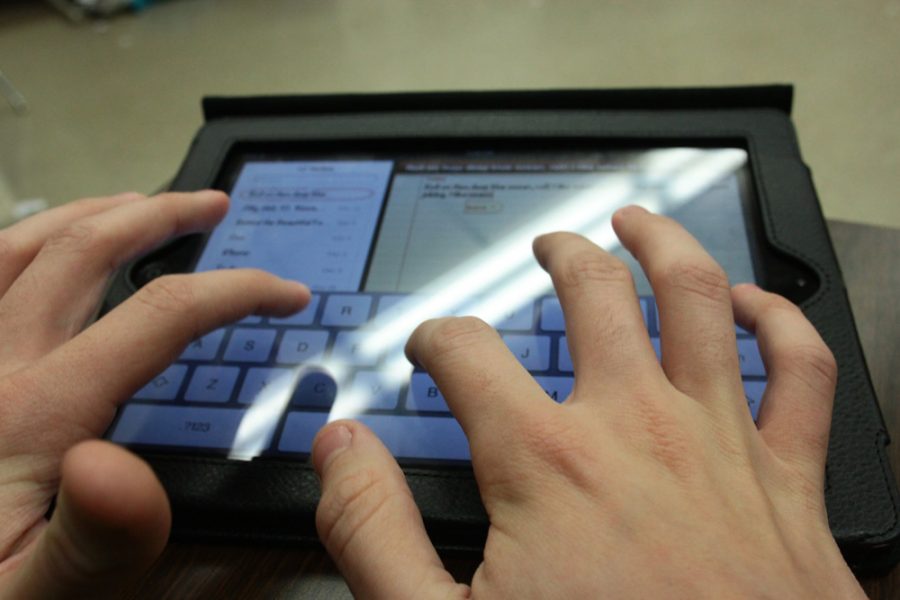 Let’s face it: iPads are fun. They’re small, portable and have bright screens and tactile feedback. However, they really aren’t more than that — toys.
Let’s face it: iPads are fun. They’re small, portable and have bright screens and tactile feedback. However, they really aren’t more than that — toys.
The money Columbia Public Schools spent on iPads for teachers this year, though still useful for acquiring technology, could have been put toward more effective materials, both in the classroom and out.
First, CPS deserves praise for finally stepping up to the challenge of integrating technology into classrooms and the curriculum. Unblocking websites like Steam and Gmail, upgrading student mail and at least trying to integrate tech in the classroom is no small feat.
CPS has leapt at the opportunity to use technology and, at RBHS, are now approaching a decent student to device ratio and giving greater freedom to students online.
A CPS sponsored pilot program purchased iPads to test whether buying them for every student would be effective. But there are a number of problems with the iPad program.
Currently, iPads serve no purpose that can’t be done faster by another device and with greater security, namely an old-fashioned desktop with a wired internet connection.
The real obstacle to effective technology use in schools is training teachers. Integrating technology into education is not as simple as turning on a SMART Board or installing a program on Windows. It takes an honest examination of changing education paradigms and how information has transformed in the world. For the first time in history, those who can get new information fastest are ahead of those who simply know things.
Paying for apps presents another obstacle. In the past CPS had a policy of keeping installed programs uniform across all desktops in school. It is unclear whether this policy will continue once iPads are in the hands of students, but it is not currently in place.
This raises troubling questions: are teachers responsible for paying for all their Apps using already strapped classroom funds? Are teachers responsible for students’ iPads? Should iPads have uniformity in installed Apps? Even if the school can acquire the necessary Apps, iPads are almost criminally fragile, and also very valuable, and those two things combined will lead to many iPads MIA at the end of every year.
Considering the fast moving pace of technology and the consumer-oriented nature of the Appstore, it may not be
long before both the hardware and the software on iPads becomes obsolete.
Advantages of a desktop computer compared to an iPad include its longer lifespan compared to a tablet or laptop; cheap parts are available, and the basic components have been the same since PCs hit the market in the 1980’s. Because Windows has such a large corporate installbase, it has to be backward compatible to pander to corporation’s needs. Apps will cater to new hardware, leaving older iPads, such as the already outdated iPad 2s given to teachers, behind.
Training teachers to be more effective with the available technology, on the other hand, is a more effective use of the earmarked money, upgrading CPS’s outdated server infrastructure, making technology grants available to students, upgrading current software and general maintenance of the entire system.
Admittedly, this is less glamorous than buying iPads, but it’s just as necessary, if not more so.
This is labeled as an editorial on the desktop version.
 Let’s face it: iPads are fun. They’re small, portable and have bright screens and tactile feedback. However, they really aren’t more than that — toys.
Let’s face it: iPads are fun. They’re small, portable and have bright screens and tactile feedback. However, they really aren’t more than that — toys.













































































